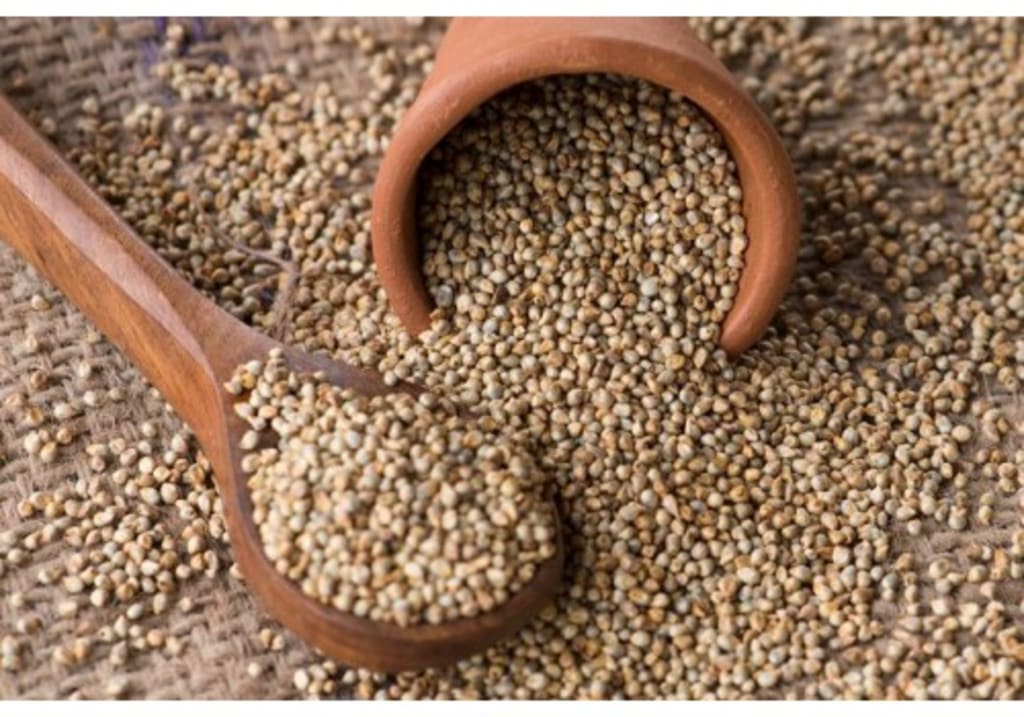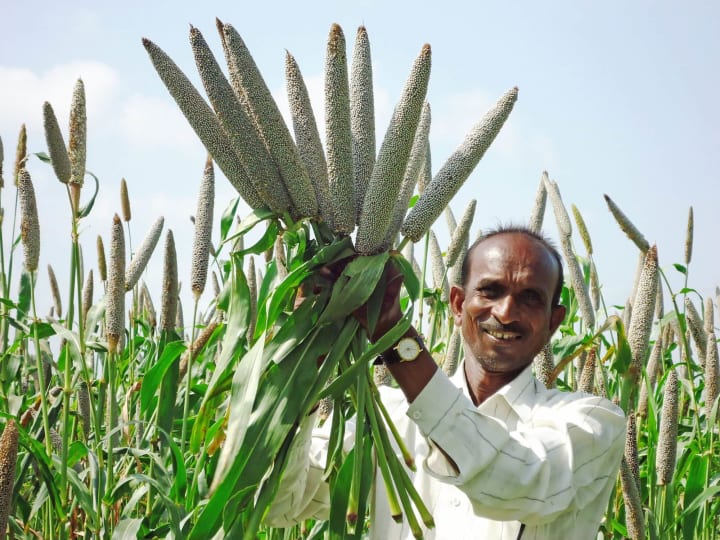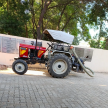A Comprehensive Guide to Millets Farming
Millets are re-emerging as a nutritional powerhouse for India.

Out of all the cereal crops, millet is considered to be one of those that favour the farmer the most. Indeed, in many regions, millet is referred to as the lazy man’s crop, which is implicative of their ease of cultivation. All you need to do is pay a visit to the field to plant seeds and then come after three months to collect the grains.
Millets are not very exhaustive in terms of work during the times when they are sown or during the harvesting season. They grow in extremely low-fertility soils, require only one weeding (if any). It also does not need deep ploughing. You can plough the land using a rotavator. The farmer might expect a good harvest if the rains come at the correct moment. Farmers can still get a good harvest even when the rains don’t come.
Millets Farming History in India:
India has an extensive record of millets. One can find its cultivation and usage in ancient times. These grains were one of the first cultivated crops. According to research, Millets were consumed by the Indus-Sarasvati culture. Millets are traditional grains that half of the Asian and African populations ingest.
Millets Production in India:
The world's largest millet producer is India. India primarily grows two varieties of millets: sorghum (Jowar) and pearl millets (Bajra). Other Than these two varieties, India also produces many other millet varieties like Finger Millet, Foxtail Millet, Buckwheat Millet etc.
Let’s look at the states where millet production is done majorly.
- Rajasthan (28.61% production)
- Karnataka
- Maharashtra
- Uttar Pradesh
- Haryana
- Gujarat
- Madhya Pradesh
- Tamil Nadu
- Andhra Pradesh
- Uttarakhand
Varieties of Millets Available In India:
In India, one can find various types of millets. Each millet type has unique nutritional benefits. Here is the list of various millet varieties available in India.
Millet Varieties in India -
- Finger Millet
- Foxtail Millet
- Sorghum Millet
- Proso Millet
- Pearl Millet
- Browntop Millet
- Barnyard Millet
- Little Millet
- Buckwheat Millet
- Amaranth Millet
- Kodo Millet
- Fonio Millet
Why Should You Add Millets In Your Diet?
Millets are the most rich sources of various proteins, fibers and all other nutrients which are required by our body. They are almost like rice and wheat in appearance but they’ve more proteins, minerals as well as vitamins. Let's describe the potential advantages of millets we can speak about.
- Full of antioxidants
- Controls blood sugar levels
- Helps in weight loss
- Lowers cholesterol level in the body
- Can boost your immunity level
- Good for the digestion system
- Has anti-aging properties
- Makes your bones strong.
Millets Farming Processes:

Millets, with their nutritional benefits, have a vital role in India's growing grain farming sector. Let's look into the interesting process of cultivating this grain.
Climate Requirements:
- For germination and sprouting of millet seed, warm, temperate weather is necessary. This will keep the soil temperature cozy as cold weather and frosts can damage the millet.
- The ideal temperature for Millet is 20°C to 30°C. They can even survive temperatures up to 42 °C.
- Millets grow well in well drained loamy soils.
- Since millet is a dry crop that can even be grown where the average rainfall falls between 50 and 120cm.
- Warm season millet can be planted from mid June to mid July for the farmers who want to grow Millet crops.
Soil Preparation For Millet Farming:
In order to get good quality millets, farmers should prepare the soil before time. For land ploughing, they can use 5 feet rotavators. These rotavators give maximum efficiency and performance. The 5 feet rotavator price is usually very reasonable so anyone can buy it for millet farming.
This crop however prefers well-drained soil types like sandy loam soil. The following are the recommended practices that producers should consider:
- Producer should first conduct the soil test to determine available nutrients and the soil pH.
- Slightly acidic to neutral soil pH ranging between 6.0 to 7.5 is the best for this type of farming.
- For improvement of soil, farmers can put compost or fresh manure on the ground or incorporate it into the soil.
High-Quality Seed Selection:
It is advised that producers should choose the high-quality seeds from a credible source. They should also wash it properly before using.
Controlling Pest- Diseases in Millets Farming:
One should assess the crop daily for attacks by pests or diseases that may affect its growth. Closely related diseases of the millet include stem borers, shoot flies, armyworms and bird attacks. For pests and diseases, the farmers can embrace other multifaceted strategies such as biological control, cultural and mechanical methods, and pest control chemicals if essential. To keep of diseases, farmers should ensure good field hygiene, plow the fields interchangeably and use resistant types of crops.
Irrigation Methods:
Farmers should use enough water to promote germination and proper growth. Millets are moderately drought-tolerant crops, but appropriate irrigation throughout critical periods gives the most output. The water demand varies according to the variety and stage of growth. In general, producers should offer mild watering soon after sowing, with subsequent irrigations at regular intervals on the basis of soil moisture levels.
Conclusion:
In conclusion, it is important to note that millet grains are a good source of fibers, proteins, vitamins and minerals. At present, it has gained popularity because of nutritional benefits. Human consumption has also increased worldwide because of its well-adaptive growing nature. Additionally, the government is also promoting millet farming so any farmer who is planning to do this cultivation, can follow this article for more information related to this crop.
About the Creator
Mahira Kaur
Hello! I'm Mahira and I have a deep passion for agriculture & farming. My interest lies in exploring innovative agricultural techniques and sustainable farming practices that can enhance productivity and ensure environmental stewardship.
Enjoyed the story? Support the Creator.
Subscribe for free to receive all their stories in your feed. You could also pledge your support or give them a one-off tip, letting them know you appreciate their work.






Comments
There are no comments for this story
Be the first to respond and start the conversation.